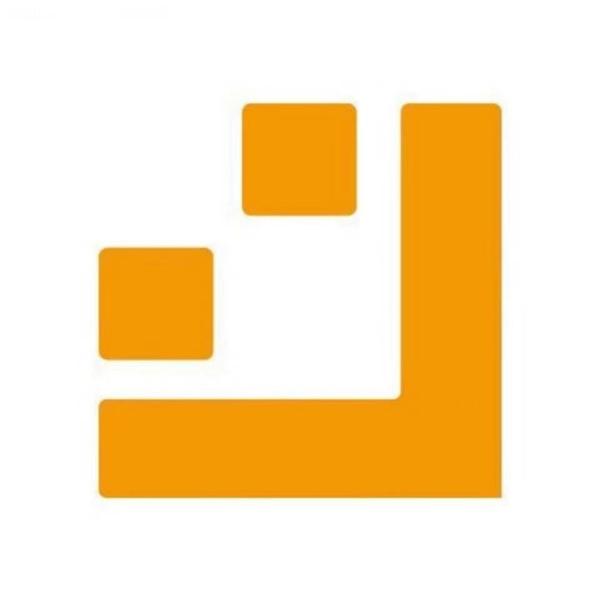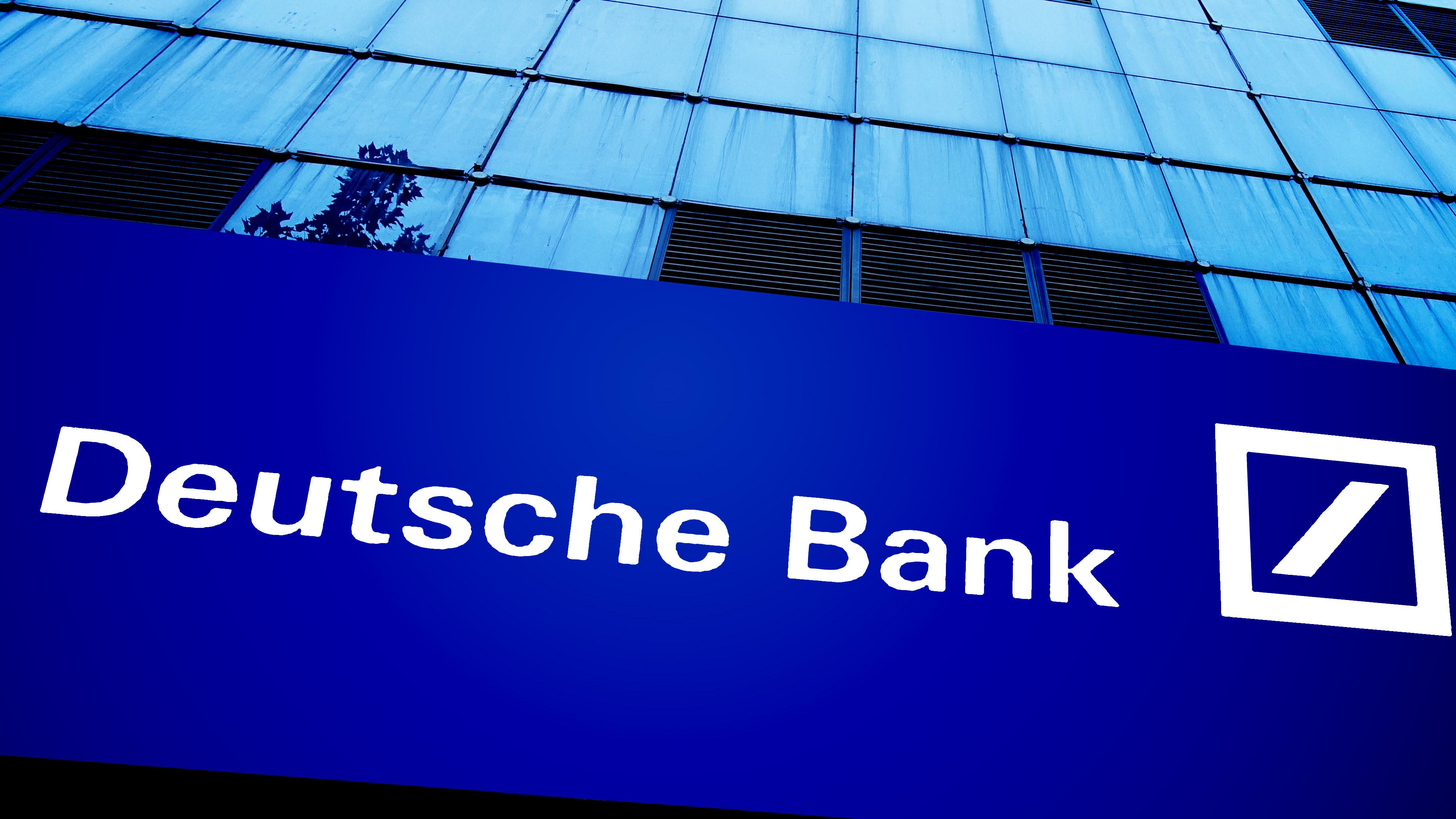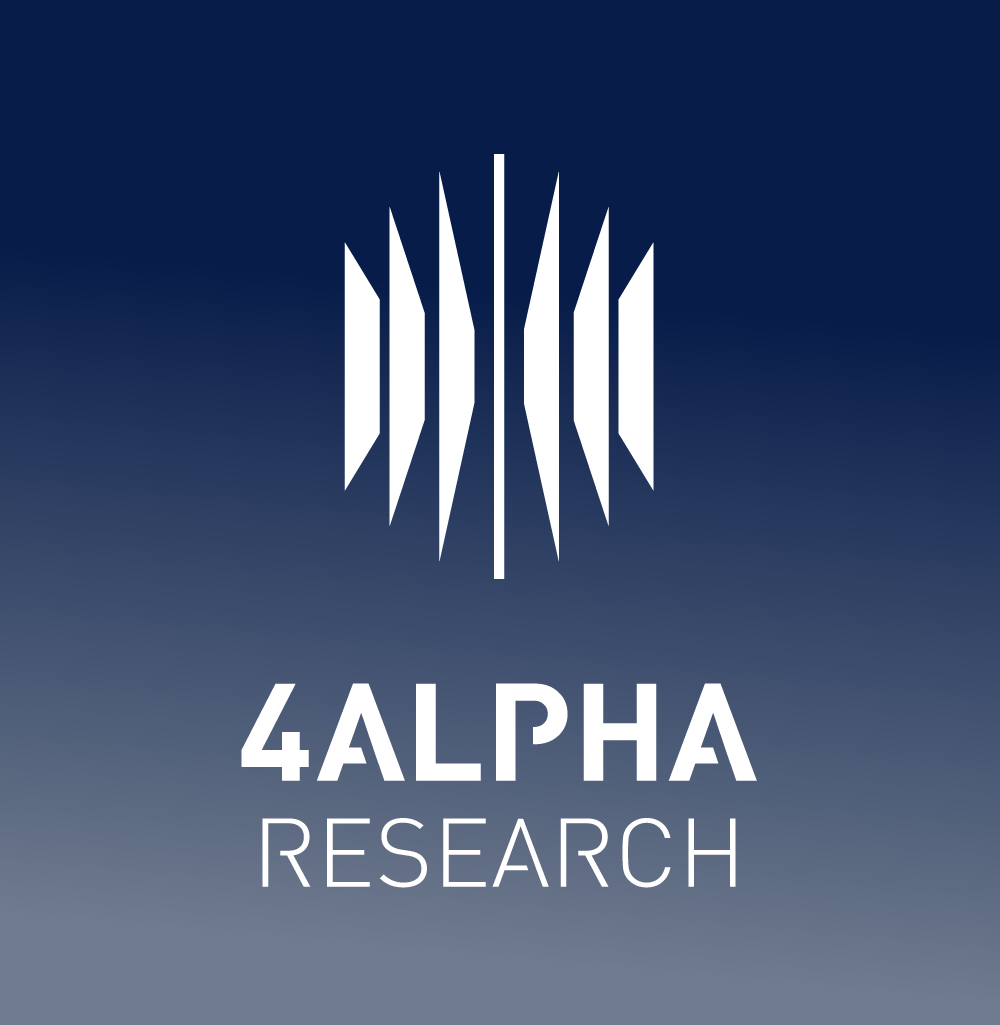-
 PA一线 · 11 分鐘前
川普提名即將離職的a16z合夥人Krishnan為白宮科技政策辦公室AI高級政策顧問
PA一线 · 11 分鐘前
川普提名即將離職的a16z合夥人Krishnan為白宮科技政策辦公室AI高級政策顧問國當選總統川普宣布提名斯里拉姆·克里希南(Sriram Krishnan)為下一任白宮科技政策辦公室人工智慧高級政策顧問。川普在聲明中表示,斯里拉姆·克里希南將與戴維·薩克斯密切合作,專注於確保美國在人工智慧領域的持續領導地位。
-
 金色财经 · 21 分鐘前
觀點:比特幣儲備法案或打破加密貨幣四年週期
金色财经 · 21 分鐘前
觀點:比特幣儲備法案或打破加密貨幣四年週期各國之間這種基於FOMO 的競爭性購買熱潮可能會徹底改變當前的加密市場週期。
-
 链上观 · 一小時前
從銘文賽道看AI Agent:有哪些潛在發展演變邏輯和投資機會?
链上观 · 一小時前
從銘文賽道看AI Agent:有哪些潛在發展演變邏輯和投資機會?AI Agent天然就具備應用屬性,因此賽道應用成熟的過程也是不斷剝離MEME化的過程。
-
 PA一线 · 2 小時前
Securitize提議添加貝萊德的BUIDL代幣作為穩定幣Frax USD的支持
PA一线 · 2 小時前
Securitize提議添加貝萊德的BUIDL代幣作為穩定幣Frax USD的支持去中心化穩定幣協議Frax Finance正考慮在即將重新推出的Frax USD穩定幣中整合貝萊德的BUIDL代幣作為儲備資產,但這項決定需經過治理流程批准。 Securitize Markets為此撰寫了治理提案,指出此舉不僅能提升Frax USD的實用性、安全性和便利性,還能降低儲備的對手方風險。 BUIDL代幣目前管理資產超5.3億美元,主要為短期美國公債。雖然該提案尚未進行投票,但Frax Finance去中心化自治組織(DAO)成員的初步回饋普遍積極。
 PA一线 · 2 小時前
川普任命Bo Hines為總統數位資產顧問委員會的執行董事
PA一线 · 2 小時前
川普任命Bo Hines為總統數位資產顧問委員會的執行董事美國當選總統川普宣布,任命Bo Hines為其「總統數位資產顧問委員會」的執行董事,領導其「加密委員會」。 Bo Hines曾是大學橄欖球運動員,在2022年競選眾議員時未能成功當選。川普寫道:“在新的職位上,Bo Hines與David Sacks攜手合作,推動數位資產領域的創新和成長,同時確保行業領袖擁有成功所需的資源。”
-
 PA一线 · 10 小時前
數據:過去7日以太坊鏈上NFT銷售額突破2億美元,Pudgy Penguins佔比超四分之一
PA一线 · 10 小時前
數據:過去7日以太坊鏈上NFT銷售額突破2億美元,Pudgy Penguins佔比超四分之一PANews 12月22日消息,根據CryptoSlam數據顯示,過去7日以太坊鏈上NFT銷售額突破2億美元,目前觸及203,393,393美元,其中NFT項目Pudgy Penguins銷售額達到52,731,146美元,占到以太坊鏈上NFT銷售額的約25.9%,排名第一;LilPudgys銷售額達到18,645,354美元,排名第二;Azuki位列第三,銷售額觸及17,339,164美元。
-
 PA一线 · 13 小時前
數據:MRS、ADA、ENA等代幣將於下周迎來大額解鎖,其中MRS解鎖價值約3470萬美元
PA一线 · 13 小時前
數據:MRS、ADA、ENA等代幣將於下周迎來大額解鎖,其中MRS解鎖價值約3470萬美元PANews 12月22日消息,Token Unlocks數據顯示,MRS、ADA、ENA等代幣將於下周迎來大額解鎖,其中: Metars Genesis(MRS)將於北京時間12月23日上午8點解鎖約1000萬枚代幣,與現流通量的比例為11.87%,價值約3,470萬美元; Cardano(ADA)將於北京時間12月26日上午8點解鎖約1853萬枚代幣,與現流通量的比例為0.05%,價值約1,660萬美元;Ethena(ENA)將於北京時間12月25日下午3點解鎖約1,286萬枚代幣,與現流通量的比例為0.44%,價值約1,350萬美元; Murasaki(MURA)將於北京時間12月23日上午8點解鎖約2000萬枚代幣,與現流通量的比例為34.84%,價值約1220萬美元; Eigenlayer(EIGEN)將於北京時間12月25日凌晨3點解鎖約129萬枚代幣,與現流通量的比例為0.61%,價值約490萬美元; MMX(MMX)將於北京時間12月24日上午8點解鎖約167萬枚代幣,與現流通量的比例為1.11%,價值約180萬美元; Venom(VENOM)將於北京時間12月25日上午8點解鎖約3376萬枚代幣,與現流通量的比例為1.77%,價值約200萬美元; Coin98(C98)將於北京時間12月23日晚上7點解鎖約1653萬枚代幣,與現流通量的比例為1.88%,價值約270萬美元; Hooked Protocol(HOOK)將於北京時間12月25日上午8點解鎖約417萬枚代幣,與現流通量的比例為1.97%,價值約170萬美元; Karrat(KARRAT)將於北京時間12月23日上午8點解鎖約1125萬枚代幣,與現流通量的比例為6.45%,價值約440萬美元。
-
 PA一线 · 14 小時前
分析師:亞馬遜若將「一小部分」現金保留在比特幣中似乎比較合理
PA一线 · 14 小時前
分析師:亞馬遜若將「一小部分」現金保留在比特幣中似乎比較合理PANews 12月22日消息,根據華盛頓郵報報道,Morningstar分析師Dan Romanoff表示,儘管黃金通常被認為是最適合對沖通膨的資產,但比特幣可能是更有用的通膨對沖工具。過去五年,比特幣和黃金的價格升值都超過了通膨,比特幣的漲幅則相對大得多。
-
 一周预告 · 14 小時前
一週預告| MicroStrategy正式加入納斯達克100指數;Ethena(ENA)、Cardano(ADA)將解鎖價值千萬美元的代幣
一周预告 · 14 小時前
一週預告| MicroStrategy正式加入納斯達克100指數;Ethena(ENA)、Cardano(ADA)將解鎖價值千萬美元的代幣未來一週12月23日-12月29日,還有這些區塊鏈要聞值得你關注。
-
 PA一线 · 16 小時前
Michael Saylor:明年即將生效的會計規則或使MicroStrategy滿足標普500獲利要求
PA一线 · 16 小時前
Michael Saylor:明年即將生效的會計規則或使MicroStrategy滿足標普500獲利要求PANews 12月22日消息,根據Barrons報道,MicroStrategy董事長Michael Saylor在最近的一次採訪中並未明確表示公司是否可能被納入標普500,但他表示,鑑於對比特幣的樂觀看法,MicroStrategy公司明年可能因比特幣持有價值的增長報告數十億美元的季度淨收入,2025年即將生效的會計規則變化可能使MicroStrategy滿足加入標普500的盈利要求。
- 加密貨幣流通市值(7天)$3,417,196,630,158Market Cap恐懼貪婪指數(近30天)
 PA日报 · 16 小時前
PA日報| 至少10家公司正考慮採用MicroStrategy的比特幣戰略;本週NFT買家數環比上漲92.39%,交易額環比增長32.93%達3.022億美元
PA日报 · 16 小時前
PA日報| 至少10家公司正考慮採用MicroStrategy的比特幣戰略;本週NFT買家數環比上漲92.39%,交易額環比增長32.93%達3.022億美元去中心化流動性協議THORChain發布V3版本;Wormhole DAO將於明年第一季上線;薩爾瓦多總統已加大每日比特幣購買量,中期目標是再購買2萬枚;資管公司GraniteShares申請加密貨幣相關的槓桿ETF,以追蹤MicroStrategy和Robinhood等公司。
-
 Foresight News · 17 小時前
行情下探,頂級交易員如何看待後市?
Foresight News · 17 小時前
行情下探,頂級交易員如何看待後市?賣出逃頂還是膽大抄底?
-
 Weilin · 17 小時前
傳統銀行入局Layer 2,德意志銀行基於ZKsync構建,已測試多個用例
Weilin · 17 小時前
傳統銀行入局Layer 2,德意志銀行基於ZKsync構建,已測試多個用例傳統金融機構也開始下場做Layer2了。德意志銀行正在推出基於以太坊的Layer 2解決方案,該項目名為Project Dama 2,其測試版已經在11月推出,預計在明年獲得監管機構批准後正式推出。
-
 Yuliya · 19 小時前
四位頂尖投資人激辯:2024加密貨幣市場成敗得失與2025預測
Yuliya · 19 小時前
四位頂尖投資人激辯:2024加密貨幣市場成敗得失與2025預測Robot Ventures、Dragonfly與Superstate的回顧與展望,BTC 2025年或將達到18萬美元。
-
 金色财经 · 19 小時前
北韓駭客從加密平台竊取的錢都做什麼了?
金色财经 · 19 小時前
北韓駭客從加密平台竊取的錢都做什麼了?與北韓有關的駭客在47 起事件中竊取13.4 億美元,佔當年被盜總金額的61%,佔事件總數的20%。
-
 PA一线 · 20 小時前
Wormhole DAO將於明年第一季上線
PA一线 · 20 小時前
Wormhole DAO將於明年第一季上線跨鏈協議Wormhole 表示Wormhole DAO 將於2025 年第一季上線。要參加第一次投票,W 持有者需要進行治理質押。 Wormhole 質押獎勵計畫(SRP) 正在所有鏈(EVM + Solana) 中進行,首期獎勵池至少分配5,000 萬枚W 代幣。
-
 PA一线 · 20 小時前
曾波段交易PEPE獲利492萬美元的某聰明錢在四小時前再度建倉4753億枚PEPE
PA一线 · 20 小時前
曾波段交易PEPE獲利492萬美元的某聰明錢在四小時前再度建倉4753億枚PEPE根據鏈上分析師@ai_9684xtpa 監測,「過去六個月透過$PEPE 波段獲利492 萬美金的聰明錢」四小時前又建倉了4753 億枚PEPE,價值820 萬美元,均價0.00001724 美元,目前已已浮14.2 萬美元。 12 月以有5 隻巨鯨對PEPE「下了重註」
-
 PA一线 · 20 小時前
目前至少10家公司正考慮採用MicroStrategy的比特幣策略
PA一线 · 20 小時前
目前至少10家公司正考慮採用MicroStrategy的比特幣策略目前至少有10 家公司正在或考慮採用MicroStrategy 的比特幣策略,包括人工智慧公司Genius Group等。
-
 PA一线 · 21 小時前
某鯨魚疑似賣出2.5萬枚SOL獲利31.3萬美元
PA一线 · 21 小時前
某鯨魚疑似賣出2.5萬枚SOL獲利31.3萬美元根據鏈上分析師@ai_9684xtpa 監測,地址HHqC...y8Aqu 疑似賣出兩個月前以169.6 美元建倉的2.5 萬枚SOL ,若賣出將獲利31.3 萬美元。該巨鯨目前仍持有50% 的SOL 部位(即2.5 萬枚),浮盈31 萬美元;這5 萬枚SOL 最多時浮盈了473.8 萬美元。
-
 PA一线 · 一天前
去中心化流動性協議THORChain發布V3版本
PA一线 · 一天前
去中心化流動性協議THORChain發布V3版本去中心化流動性協議THORChain 發布V3 版本,此次更新提供了高級互通性和智能合約功能,包括升級至Cosmos SDK v0.50、從Tendermint 切換到CometBFT、引入Cosmos 生態系統兼容性、加入Rujira 應用層等。
更多內容 Dec . 23
Dec.23



































